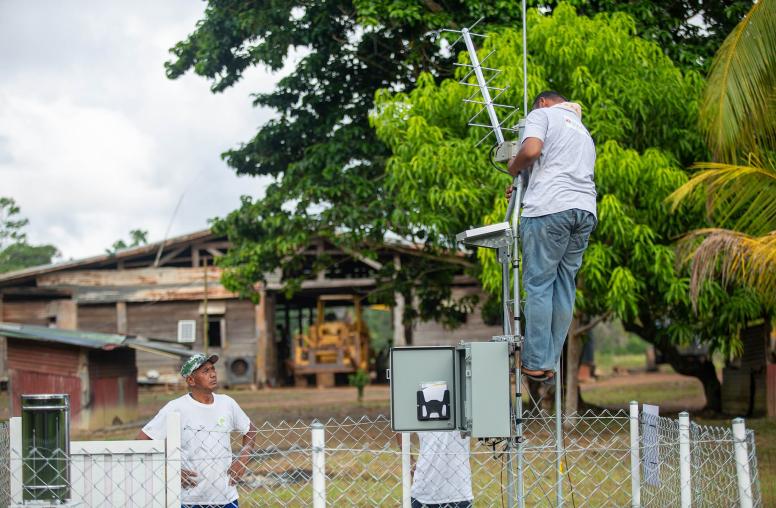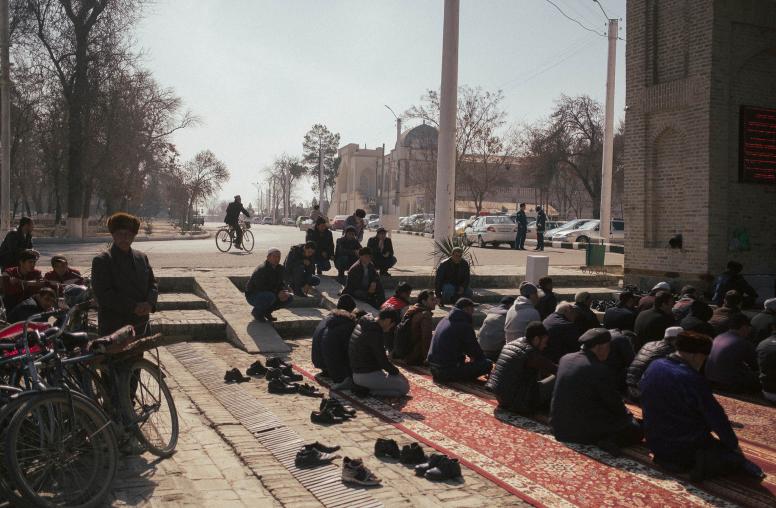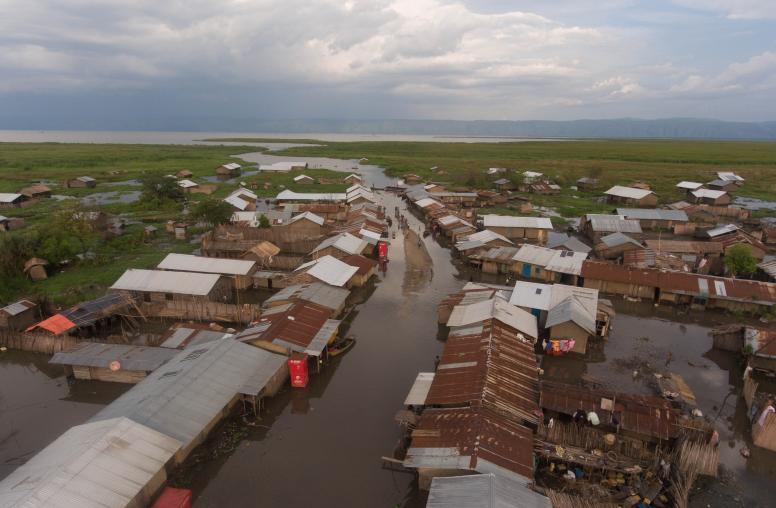To Truly Defeat ISIS, Describe its Returnees as ‘People’
Rehabilitation of those exiting violent extremism requires strategic language.
More than 100 countries, from Kosovo to Indonesia to Tunisia, face the security challenge of what to do with their citizens who traveled to join the so-called Islamic State. In dealing with perhaps tens of thousands of former ISIS participants—more than 9,000 in Syria’s Al Hol camp alone—simplistic solutions are at best inadequate and naïve, and at worst counterproductive and irresponsible. These include notions of indefinitely detaining or abandoning these populations in makeshift camps, or stripping their citizenship en masse. While many can be returned home to face trial, prosecution will be impossible for others. Thousands of people who lived with ISIS will have to reintegrate directly into communities, so a realistic approach to national security and public safety – and a true defeat of ISIS – will require their rehabilitation. Many governments are working on this effort, and experience shows it can be achieved. But that experience—backed by sciences from psychology and neurology to criminology and justice—highlights an obstacle: We lack the language in our public discourse even to talk about people who are disengaging from machines of violent extremism.

Those who participated in ISIS’ brutal violence should be tried. But prosecution will be undesirable or impossible for many of those now leaving the group’s grasp. Nearly 15 percent of those who traveled to live with ISIS were children. They are victims of violence and human trafficking. Both justice and societies will benefit more from helping them with the mental-health and social support they require than by discarding them in prison or exile.
Among adults, many are partly or largely victims, forced or fraudulently lured into ISIS’ orbit. Even for those who are difficult to classify as victims, extraordinary circumstances or lack of evidence may result in little or no prison time. After trials and incarceration, most will eventually be released. Governments and communities should face the reality that many of these people will return home, and should develop rehabilitation strategies to prevent recidivism.
Experience from Pakistan, Western Europe and elsewhere shows that assuring public safety through rehabilitation is possible, but requires strong systems. Pakistan’s Sabaoon Rehabilitation Center, for example, has restored hundreds of former Taliban youth to their communities, using strong mental health and social support systems. Countries in Western Europe for decades have rehabilitated neo-Nazis, criminal gang members and, most recently, people returning from ISIS. While U.N. Security Council resolutions and other international policy documents reflect an emerging consensus on the importance of rehabilitation and reintegration strategies, many governments—especially those in fragile environments with limited resources—are struggling to translate policy proclamations into practical local solutions.
How Violent Radicalization Happens – and Ends
Neurological studies show that people become susceptible to violent radicalization when social marginalization and alienation cause them to feel their identity is under assault. In the same way that physical threats can cause one to lash out, threats to group identity can lead people to “de-humanize” those whom they perceive as a malign “other.” Such de-humanization can remove people’s cognitive barriers to acting violently in what they see as a defense of their group. Rehabilitating such alienated people requires unwinding that process, notably by fostering their positive interactions with community members and institutions. Carefully re-engaging them with society challenges their perceptions of marginalization and can enable them to reject violence as a means to pursue their goals.
Rehabilitation thus requires “re-humanization” in the relationships between people who are disengaging from violent extremism and the communities from which they left. That is, both these individuals and their community members must again see and treat each other not as some sort of aliens, but as people with whom they share basic human natures. This re-humanization is a two-way street—or, more accurately, a traffic circle to be navigated at the intersection of human networks, social systems, political structures and cognitive perceptions. It requires us to work at every level—from national policies to municipal authorities; to community groups, churches and schools; and to our own individual actions.
As with successfully re-integrating former violent criminals from prisons, restoring those leaving ISIS will require not only justice, but also reconciliation. This will mean providing them with mental-health and social support that heals past traumas and avoids stigmatizing them. In such transformations, both secular sciences and every major human religion teach us that our most powerful medicine is empathy. Recent debates in Britain and the United States over whether to repatriate women who lived with ISIS have included voices that implicitly dismiss the notion that kindness can make a difference. Such skeptics should pause to read the real-life stories of those (from ex-jihadists and former neo-Nazis to mental health professionals) who explain how unexpected empathy leads people to abandon violent extremism.
Why Words Matter
To transform and reintegrate people trying to return from their violent extremist journeys, we first must solve the most fundamental language problem: What do we call them?
News media, governments and even programs to counter violent extremism use language that treats these people as fearful objects. They are “terrorists,” “jihadists,” “ISIS brides” or “fighters.” This stigmatizes these people, perpetuating the very isolation and dehumanization that fueled their radicalization to violence in the first place. The language itself becomes a self-fulfilling prophecy. Such stigmatizing language is powerfully fueled by politics, reflecting a political impulse to appear staunch on homeland security. For some, it can also be a xenophobic dog-whistle that preys on fear and anger, activates jingoist emotional responses, and mobilizes those segments of our societies most unwilling to help people disengaging from violent extremism. A more neutral shorthand for these people is simply “returnees.”
Our word choices can avoid deepening the stigmas of people, whether those with disabilities or addiction, or those who have served prison time for serious crimes. We can use words that recognize them first as people with identities that are larger than simply a disability or past actions for which they have been held accountable. Public health professionals avoid stigmatizing labels and instead describe “people living with HIV.” The U.S. Justice Department opted in 2016 to avoid unwarranted use of labels such as “ex-convicts” in discussing those reintegrating into communities following prison terms. As former New York Times executive editor Bill Keller has written in a guideline for journalists, we should clearly state any person’s past actions when those actions are the subject at hand. “At the same time, especially when we are dealing with individuals, we want to be careful about using language that is needlessly reductive or belittling, or that turns a behavior into an identity, or that employs a label as a kind of gratuitous shorthand,” Keller writes.
Emphasizing someone’s personhood by placing the person before the label can signal a willingness to listen, challenging perceptions of alienation rather than reinforcing the identities we must help them shed. Public safety and national security require us not to hesitate to identify criminal and terrorist acts for what they are—and to prosecute those responsible. These same safety and security imperatives require us to treat people trying to disengage from violent extremist organizations for who they are—and to give them every chance to rehabilitate and reintegrate into society.



